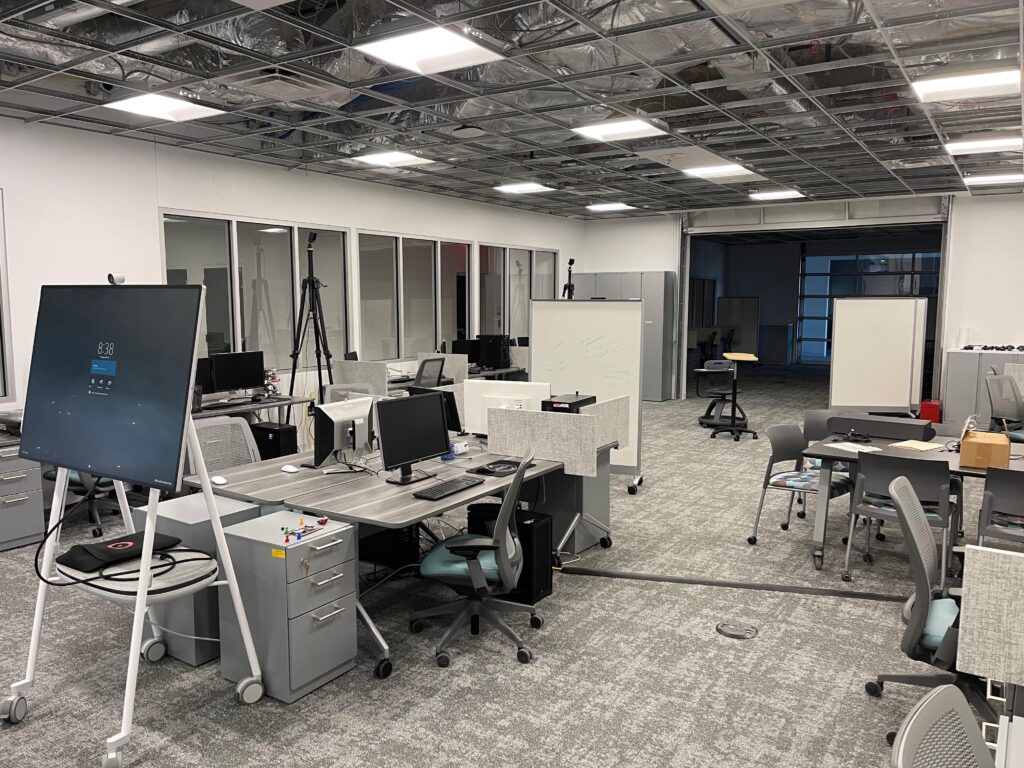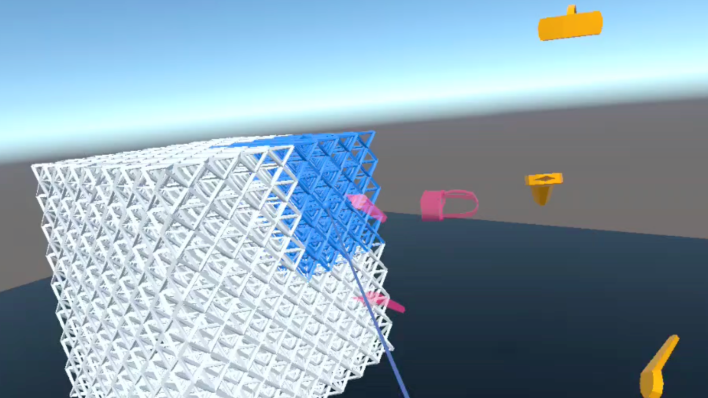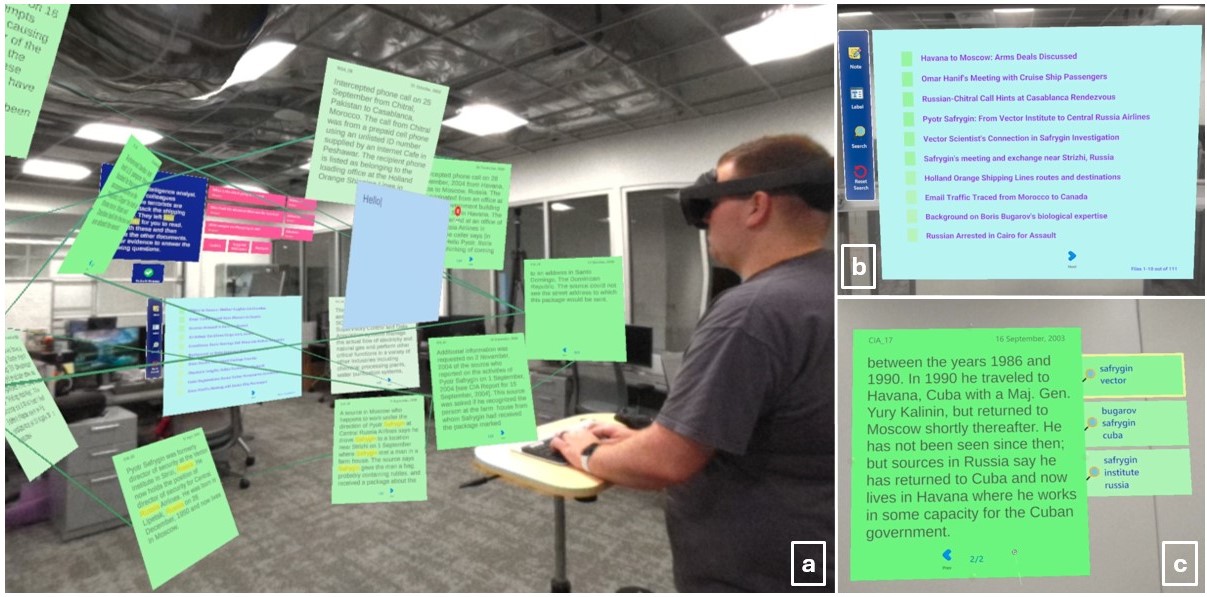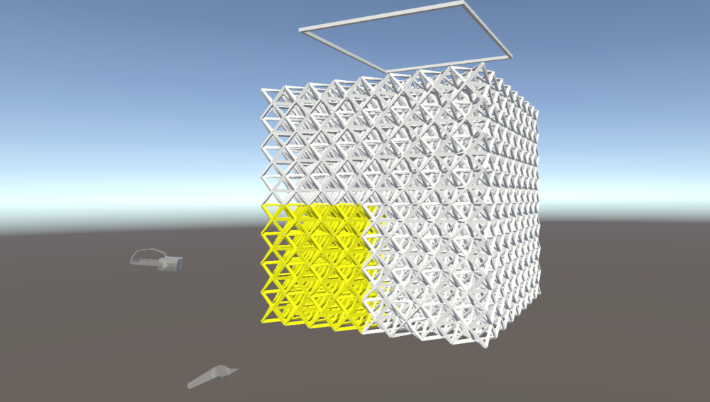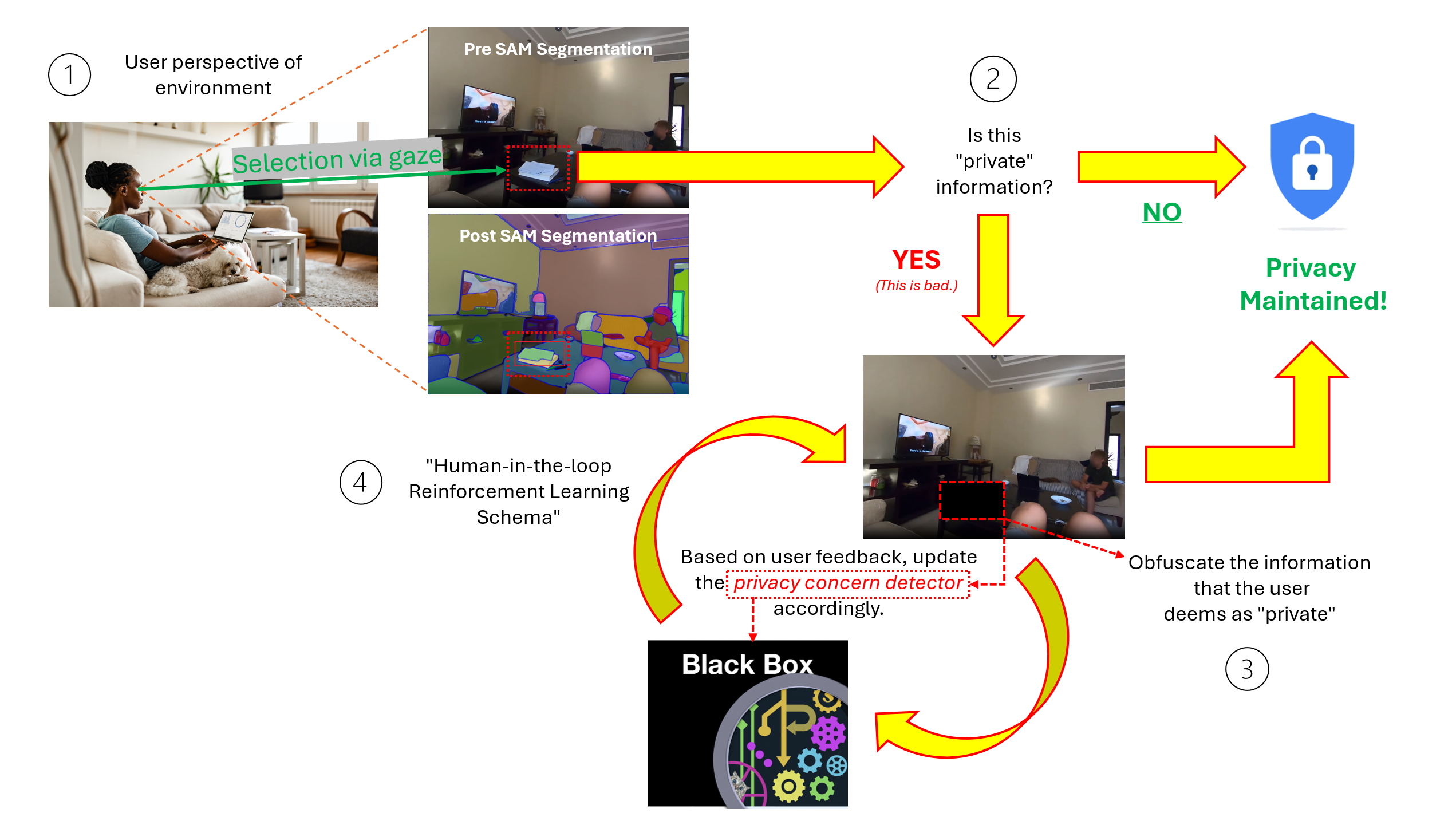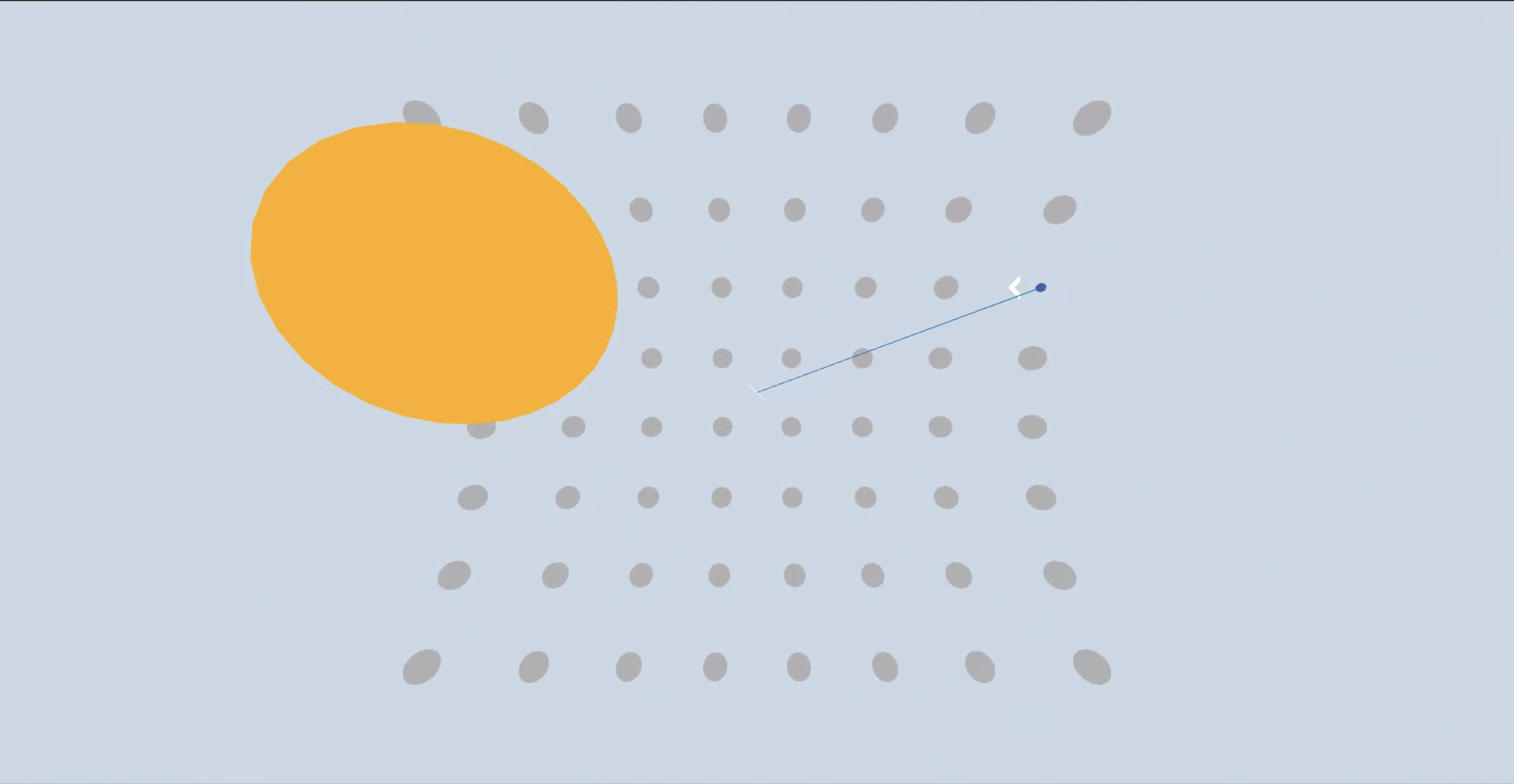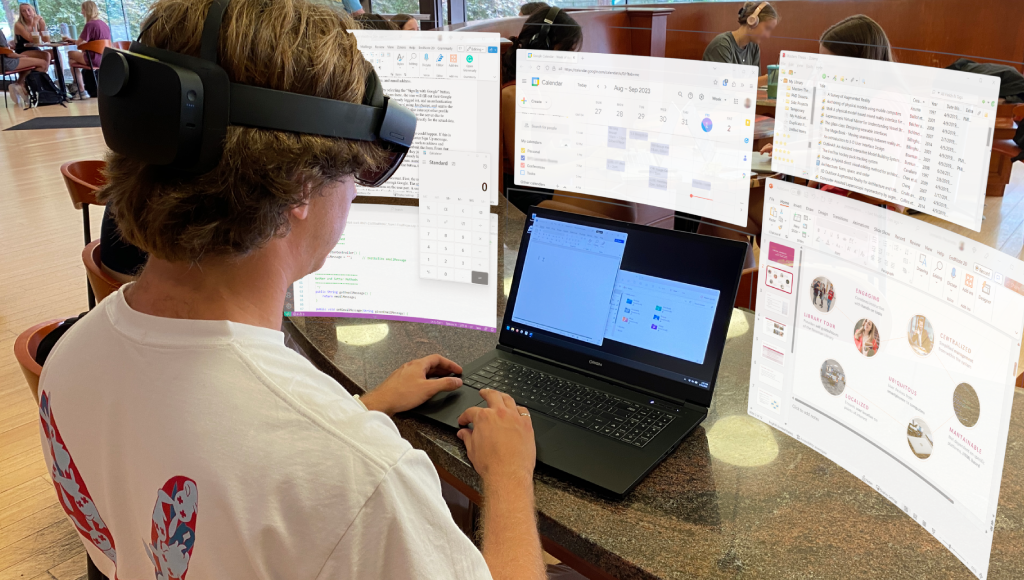The ACM Symposium on Virtual Reality Software and Technology (VRST) is an international forum for the exchange of experience and knowledge among researchers and developers concerned with VR/AR software and technology. The 3D Interaction Group would like to acknowledge its member’s contributions to VRST 2025. Exploring Bichronous Collaboration in Virtual Environments Alexander Giovannelli, Cherelle Connor, Fionn Murphy, Trey Davis, and Doug Bowman Abstract: Virtual environments (VEs) empower geographically distributed teams to collaborate on a shared project regardless of time. Existing...
The 3D Interaction (3DI) Group performs research on 3D user interfaces (3D UIs) and 3D interaction techniques for a wide range of tasks and applications. Interaction in three dimensions is crucial to highly interactive virtual reality (VR) and augmented reality (AR) applications to education, training, gaming, visualization, and design. We also conduct empirical studies to understand the effects of immersion in VR and AR, the impact of natural and magic 3D interaction techniques, and usability and user experience in 3D UIs.
Our Team
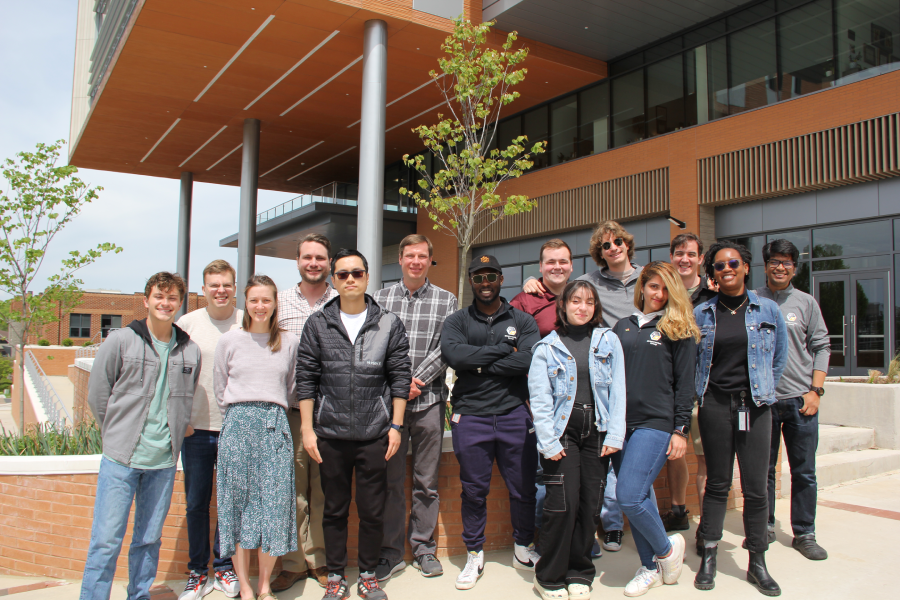
Our Lab
